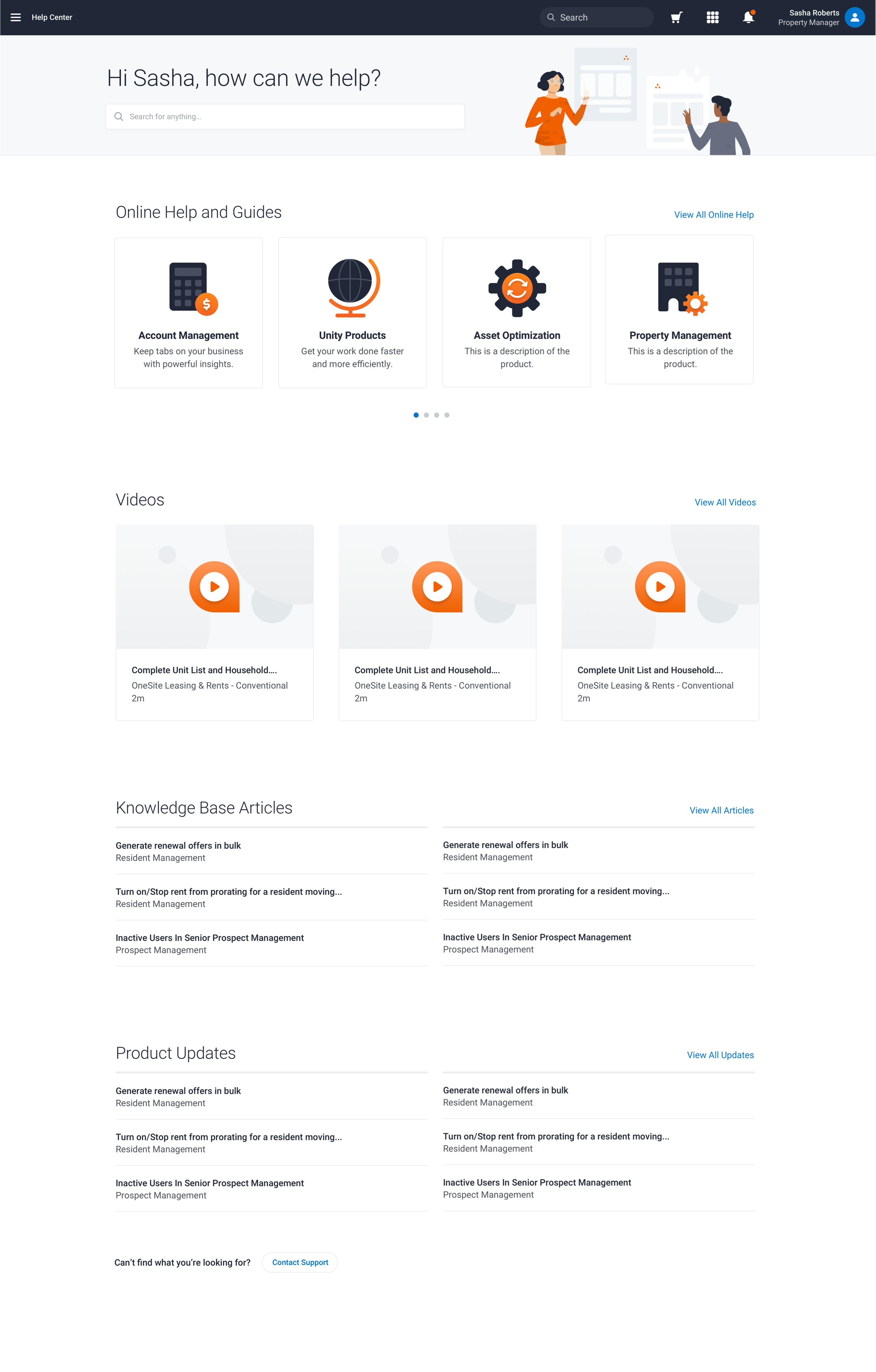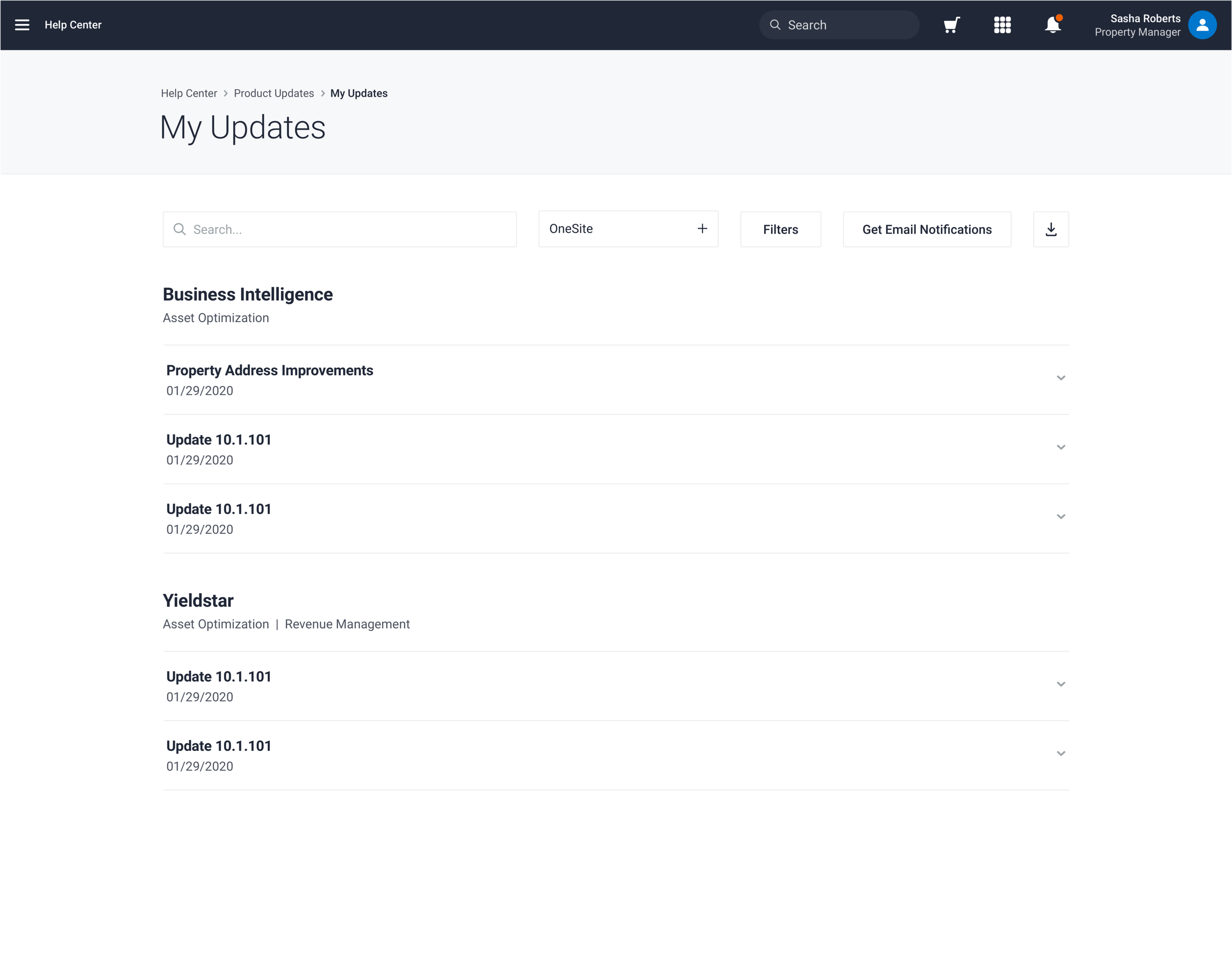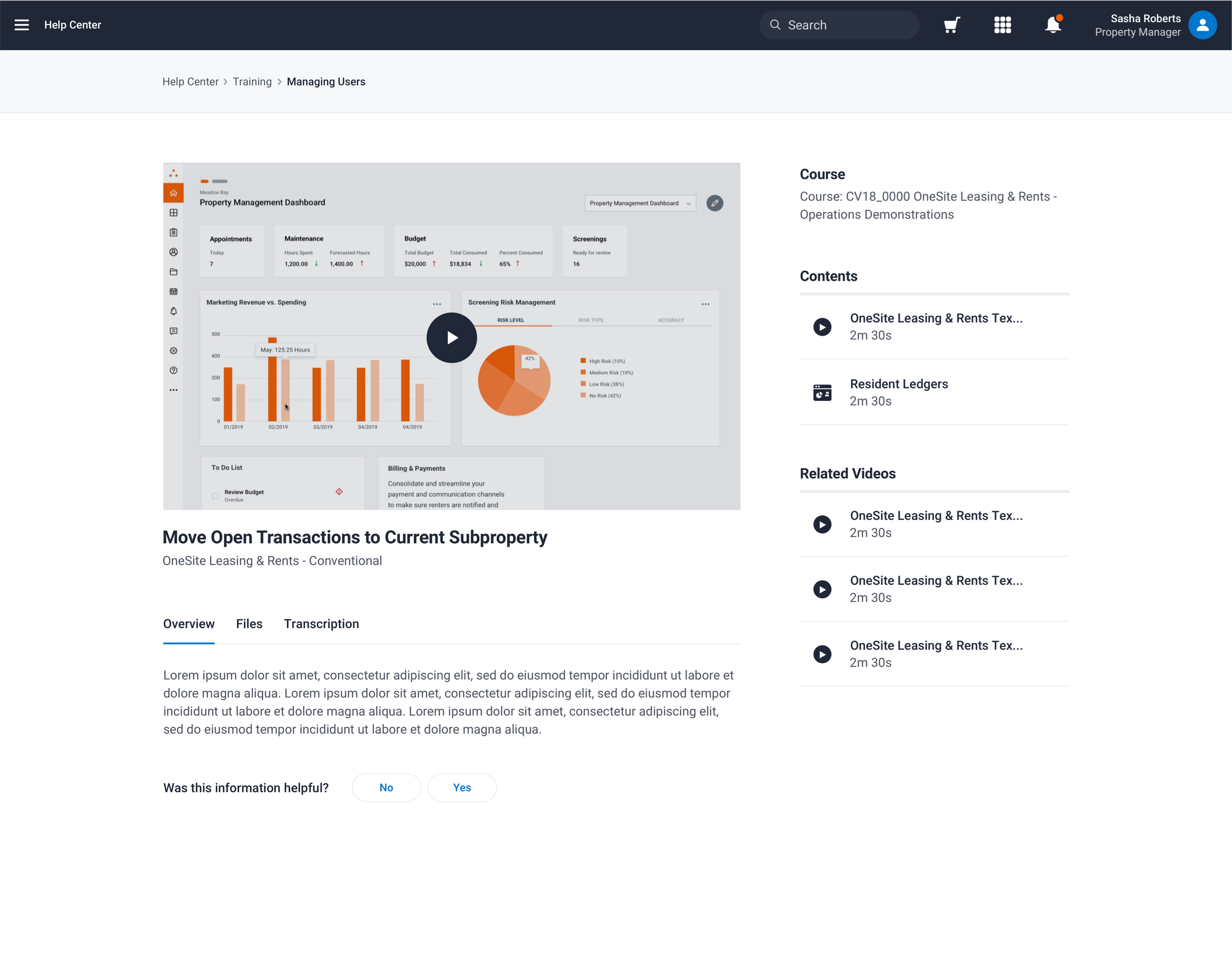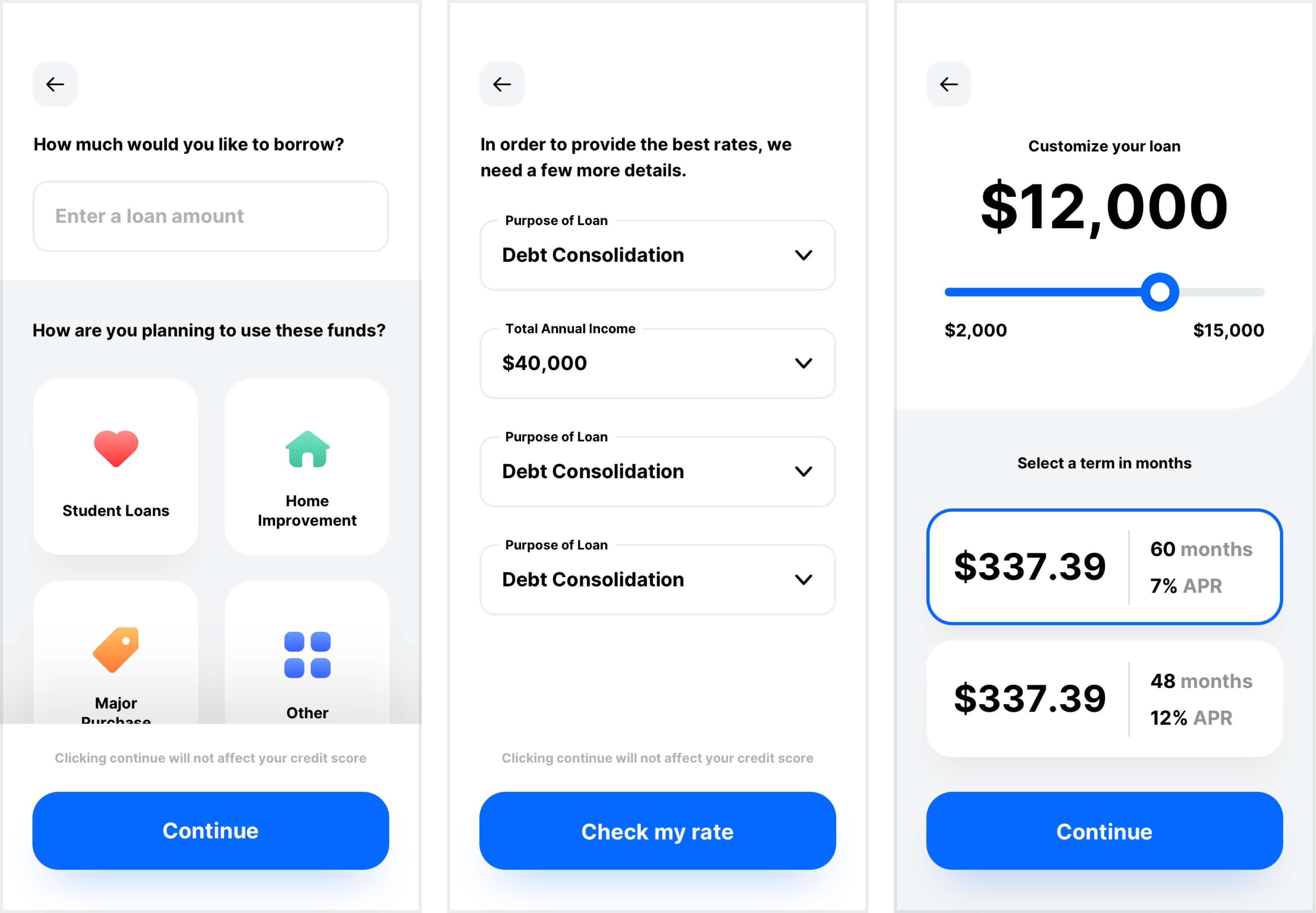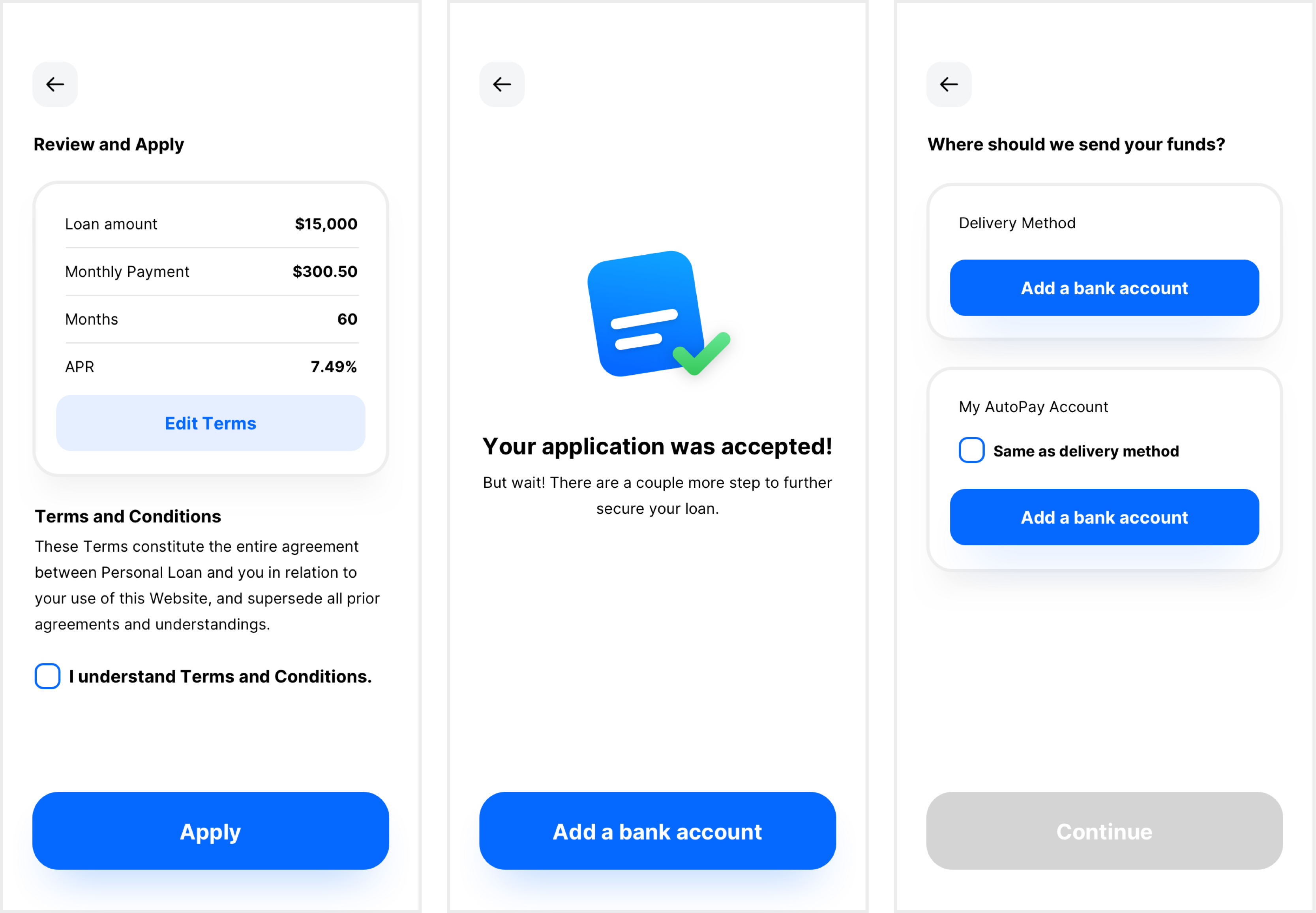Value Beyond the Cost of Goods
Problem
Leveraging the value beyond cost of goods is a key strategy that the business uses to successfully renew customer contracts. Currently sales executives go through a manual, non-sustainable, and time consuming process to collect this data to prepare for customer conversations. As a result, the field only leverages very few solutions in those customer conversations, leaving unrealized value on the table that could be used to maintain or enhance annual operating profit (AOP) in contract renewals.
Objective
Over a course of 8 weeks, the team would utilize established frameworks to research the current state of the end to end experience, identify user needs, and design a concept prototype for the VBCOGs tool. The idea is to surface solution data to sales and increase visibility/oversight for VP's and solution owners.
Deliverables
- Future state vision alignment emcompassing short-term goals, long-term vision, and success metrics for the initative.
- Key insights derived from 15+ stakeholder interviews complete with user context, motivations, challenges, and ideas.
- User personas representing user responsibilites, frustrations, and goals.
- As is journey maps documenting key questions, actions, feelings, pain-points, and needs.
- User stories & Acceptance criteria to document baseline needs that the tool would provide.
Phase 1: Right Problem
It is important to remember to step back from the project and allow space for operational planning to take place. With that, the team met together to align on strategic goals for the near future and long term. This aided in setting an agenda for research and design efforts.
Once that is completed, 17 stakeholder interviews would be conducted to grasp a deeper context of challenges, needs, and motivations. In additon, this helped us get a wholistic understanding of the customer lifecycle. From there the data collected was sythesized and stored alongside other useful artifacts provided to us through conversation.
Research used a method called "affinty mapping" to identify patterns in the data as well as capture the full picture of user challenges, needs, and motivations. Some of the key insights found are shown below:

At this point personas, journey maps, user stories, and acceptance criteria were developed in that order. This order was crucial for the team to ensure no one loses sight of the purpose for this initiative. This would act as a direct segway to an informed design output.

Phase 2: Right Solution
Diving right into the next phase, the team held sketch workshops to ideate potential soultions based off the acceptance criteria documented prior. This was in inclusive effort; meaning everyone could participate, not only designers.

Shortly after the ideation sessions, I personally stepped away to conduct a bit of my own research around the design system we'd need to utilize. Since the tool would be developed in Salesforce we'd need to be prepared with all the knowledge we could possible get. Educating myself on topics focused around best practices, use cases, components and patterns would ultimately place the team in a more equipped position. This is another crucial step to determining the feasability of our user stories.
I led technical alignment workshops that consisted of engineers, stakeholders, and subject matter experts in order keep a consistent line of communication and visibility into what I'd designed. On the other hand, referencing the affintiy map as well as other artifacts kept us on the right track to solving our problem.
A total of 6 stakeholder reviews took place to have the design crtitqued as it came together over time. Once a solid proof of concept was ready, it was time for user testing.
A total of 16 moderated sessions were conducted, which were designed to uncover usability issues, discover further opportunity, and generally learn more about our users. Some trends in the user feedback are shown below:

The Design
Feedback taken into account is now incorporated into an updated prototype.

Challenges
During one of our first technical alignment workshops there was a ton of pushback from development in terms of fuctionality. We were told that certain features would not be possible or wouldn't work quite the same as the design. I was prepared for this conversartion, hence the reason why I spent ample amounts of time researching the capabilities of Salesforce. Ultimately I determined that the problem did not lie in the design but in the technical teams approach to sourcing data for the tool.
I proceeded to consult various members of the initiatve, emphasizing the importance of user interaction which forced an important conversation of feasability, desireability, and viability to take place. We eventually got the green light to work towards an ideal user experience and the technical team would have to make a significant but important trade-off. We'd continue to fully support them as they re-think their approach.
The way forward
A couple of final stakeholder design reviews took place before eventually handing off the first iteration to the development team, where we'd work together to make this solution possible!
Why this project?
This is the first project that placed me in a position of leadership. Accessing current objectives, identifying opportunity, moving forward to execute tasks were intimidating at times, but ultimately tested my autonomy and proactivity as a designer. Leading conversation and gathering others for collaboration will something I am now familiar with going forward.
This project was somewhat spearheaded by our design process. Typically projects are presented with requirements, acceptance criteria etc. This project was simply presented as problem and request for an ideal solution. It was up to design to identify the issue and prescribe the appropriate and useful solution. It also revealed a plethora of operational issues that needed to be addressed within the organization.
This is a testament to how useful an exploratory UX proccess can be; not just to create great solutions, but to better the business.


